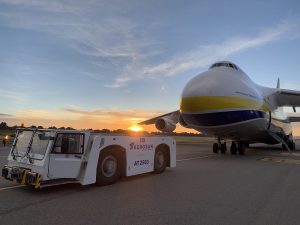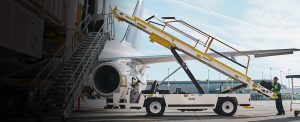SAAM Completes Aerosan Purchase
As of October 28, the SAAM fully controls the airport services company Aerosan, which operates in Chile, Colombia and Ecuador.
Aspiring to play an important role in the industry consolidation process, SAAM closed a deal to purchase 50% of Aerosan from American Airlines. The company invested US$ 32m in the transaction, which was agreed last August. After obtaining regulatory approval, SAAM now fully owns the company.
The CEO of SAAM, Macario Valdés, commented, “This transaction will help us strengthen our businesses other than ports and towage services, with a special focus on air cargo, where we see opportunities for expansion and consolidation, accompanied by our operating model. Aerosan is well positioned thanks to long-term contracts and important concessions at airports in the countries where we operate, enabling us to offer importers and exporters services along the entire air logistics chain.”
The airport services company has over 40 years’ experience and moves more than 300,000 tons cargo annually, boasting 33,000 square metres of infrastructure to provide cargo, ramp, warehouse, charter and passenger services at eight airports.


